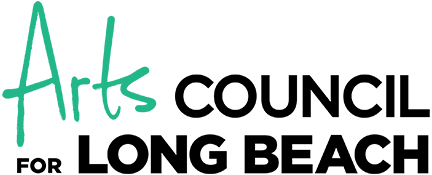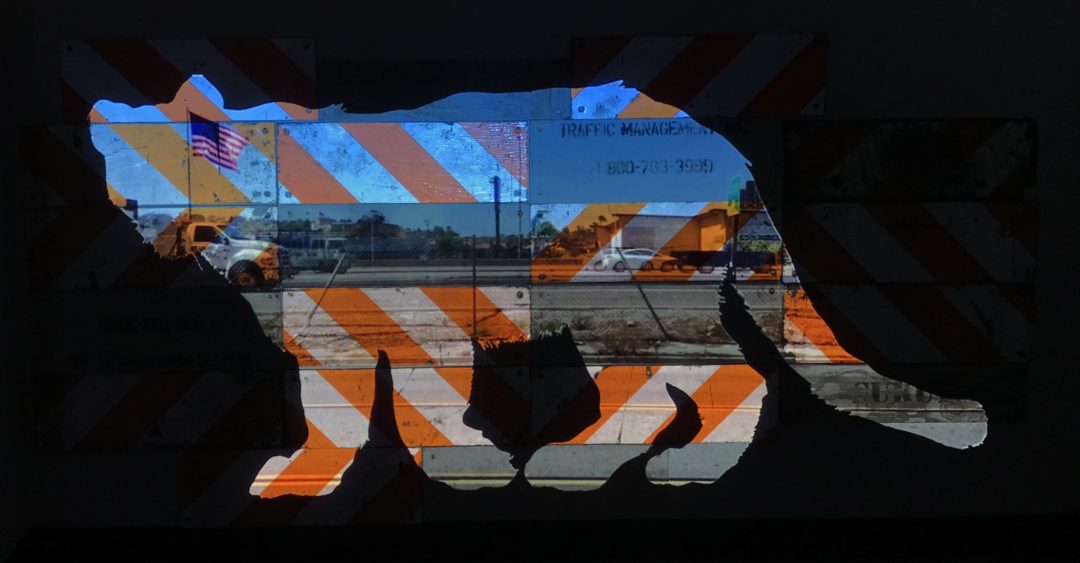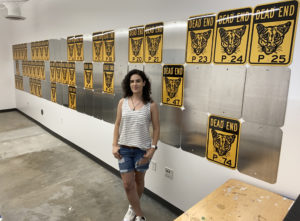Daniela Barbani
A mountain lion living in Los Angeles may be unaware of its impact on humans, but it is no stranger to navigating land touched by man. Human perspectives of these urban mountain lions vary depending on the person. Some respect them, some fear them, some want nothing to do with them, and some have no idea mountain lions even live within city limits. The effects of the diminishing zones of transition (wildland-urban interfaces) between unoccupied land and human development have caused mountain lions, and other wild animals, to “infiltrate” urban Los Angeles. People would rarely see these elusive animals when visiting their habitats in nature. Now, it is commonplace for wildlife to roam human-occupied spaces of backyards, streets, and freeways.
The constant urban development of the city is indifferent and sometimes uninformed about these mountain lions, even though their work is responsible for displacing a large number of them in recent years. To date, there have been 74 mountain lions monitored throughout Los Angeles since 2002. Approximately more than 40% of those have died due to consuming rodenticides (rat poison), crossing freeways, poaching, abandonment, inbreeding, and territorial disputes.
My work serves as an educational tool, as well as a celebration of the animal and its continued will to survive. More importantly, it is also about those that lost the fight. The linoleum cut printing acts as a bridge between the commercially graphic nature of barricades and signs, and the more expressive, empathetic imagery that can be achieved with a carved line. The marks lend themselves to a direct association of the touch of the human hand to the wild animal. They are both tender and brutal, just as the human hand can be to any animal it touches. Linocuts demonstrate the graphic quality of a print, but also have the ability to channel warmth in the method of carving.
Relief printing on materials like road barricades, street signs, tarps, and housing wrap, I am able to return these prints back to the outside world to increase awareness for these animals. These materials are mainly taken from areas that have excessively dumped. This performative act is an activist gesture that allows people (and animals) who come across it to interpret it as they please. Once these prints are returned to the outside, the documentation of these acts will allow some prints to live on as “relics.” Not all pieces will continue to live outside, and some may even return to the studio to be revisited and altered. The documentation of the prints outside can become the artwork itself, whether it be in photograph or video form.


